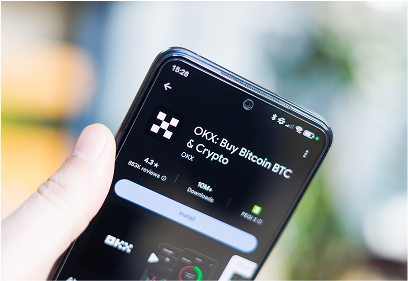Summary:
Bitcoin enables businesses to accept global payments, hedge against inflation, and interact with an open financial system—all without banks.
Details:
Companies can accept bitcoin payments for goods and services using point-of-sale apps, QR codes, or Lightning integrations. Bitcoin offers faster settlement, reduced transaction fees, and access to a new category of privacy-conscious or international customers.
On the treasury side, some businesses hold bitcoin as a long-term asset to protect against currency debasement. Tools like BitcoinPay Server and OpenNode make it easy for businesses to integrate Bitcoin seamlessly.
Key Features:
- Accept payments instantly without middlemen.
- Reduce fees and chargebacks compared to card networks.
- Tap into global markets with no cross-border restrictions.
- Hedge treasury reserves against inflation using bitcoin.
- Choose between immediate conversion to fiat or holding Bitcoin.









